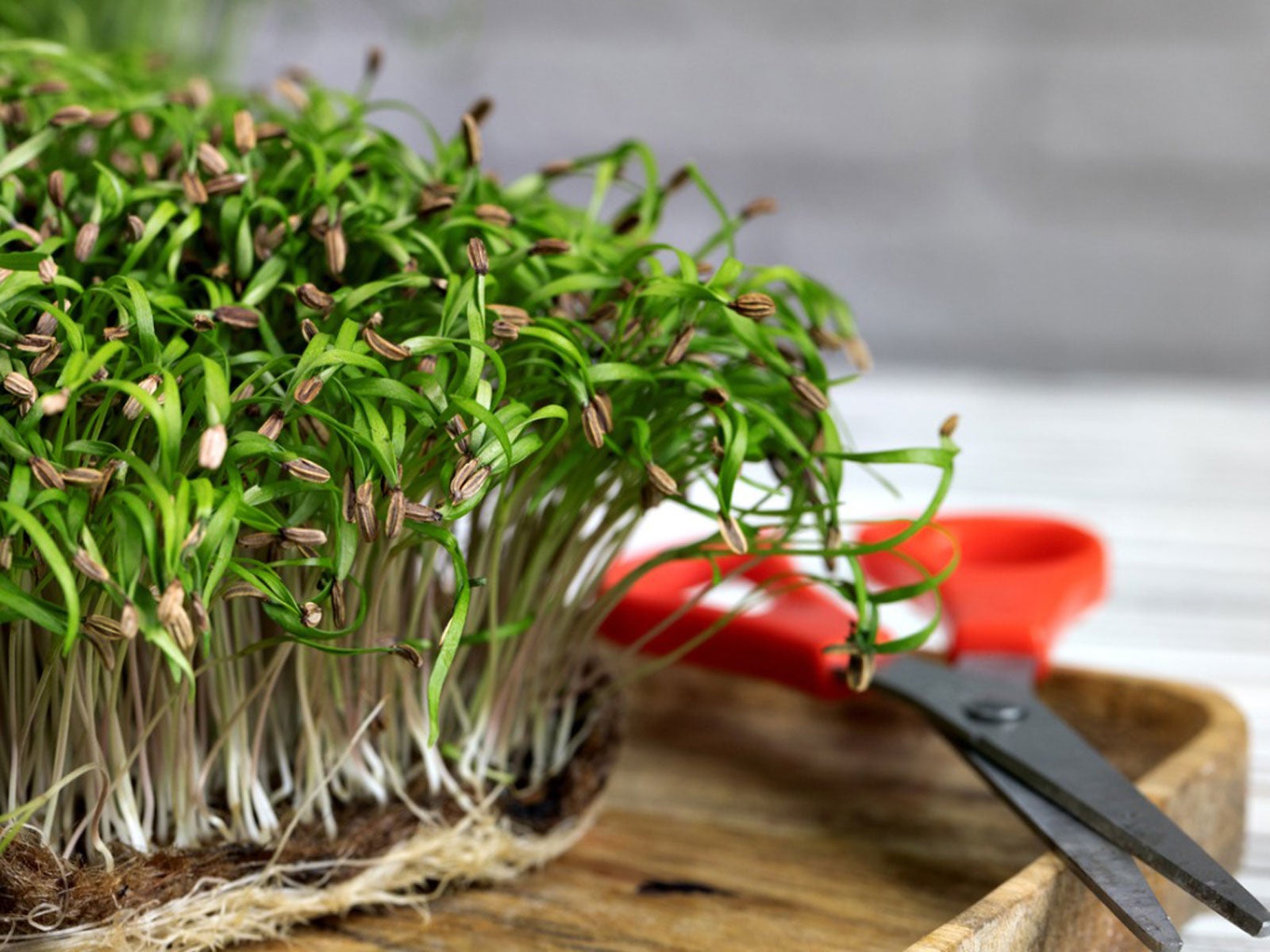Low-Light Edibles: Growing Vegetables In The Dark


Have you ever tried growing vegetables in the dark? You may be surprised at how many low-light edibles you can cultivate. Vegetables grown with low-light gardening techniques often have a milder flavor or different taste than when the same plants are exposed to sunlight. This alone can make low-light edibles appealing to both home and commercial gardeners. Growing edibles in the dark has another benefit as well.
Growing Low-Light Edibles
Due to higher labor costs, growing edibles in the dark often raises their market value. Low-light gardening can be a profitable solution for gardeners wishing to enter a niche market. Here are three plants which use the energy stored in their roots to produce vegetables in the dark:
- White Asparagus – Compared to green asparagus, the white version has a sweeter, more delicate flavor. Popular in Europe, white asparagus can be produced by blocking sunlight from reaching the sprouts. (Any variety of asparagus can be used.) Lack of sunlight delays the production of chlorophyll and prevents the sprouts from turning green.
- Forced Rhubarb – If you love rhubarb, this low-light gardening technique can give you a jump on the rhubarb harvesting season. Forced rhubarb crowns produce tender, sweet pink stalks as much as a month earlier than the traditional harvest season. To force rhubarb, the crowns can be dug up and brought indoors or simply covered with a large bin in the garden.
- Chicory – This second-season crop is produced by digging up chicory roots and forcing them indoors over the winter. The forced roots produce a distinctly different type of foliage than what is found on chicory plants in the summer. Called a chicon, these lettuce-like heads of salad greens are popular in Europe.
Low-Light Gardening with Seeds
Roots are not the only place plants store energy for growth. Seeds are a compact energy source used to fuel germination. The energy stored inside seeds can also be used to grow vegetables in the dark:
- Sprouts – Popular in Chinese cuisine, germinating bean and alfalfa sprouts in a jar is another method of growing edibles in the dark. Sprouts can be grown indoors in as little as a week.
- Microgreens – These delectable salad greens are young seedlings from a variety of vegetables including broccoli, beets, and radishes as well as traditional salad greens such as lettuce, spinach, and cabbage. Microgreens are ready for harvest in about a month and can be grown without light.
- Wheatgrass – Often consumed for its health benefits, wheatgrass can be sprouted indoors without sunlight. From seed to harvest takes less than two weeks. Successively sow this crop for a continual supply of nutritious wheatgrass.
Gardening tips, videos, info and more delivered right to your inbox!
Sign up for the Gardening Know How newsletter today and receive a free copy of our e-book "How to Grow Delicious Tomatoes".

Laura Miller has been gardening all her life. Holding a degree in Biology, Nutrition, and Agriculture, Laura's area of expertise is vegetables, herbs, and all things edible. She lives in Ohio.
-
 ‘Coral Charm’ Peony Care For Sublime Semi-Double Peonies With Lush Salmon Pink Flowers
‘Coral Charm’ Peony Care For Sublime Semi-Double Peonies With Lush Salmon Pink FlowersPeonies are known for their soft baby pink or magenta tones, but if plushy coral blooms are your thing, here’s our guide to the ultimate ‘Coral Charm’ peony care
By Tonya Barnett
-
 How To Grow Seeds Quickly: 8 Expert Tricks For Fast Flowers & Crops
How To Grow Seeds Quickly: 8 Expert Tricks For Fast Flowers & CropsIt's never too late to start growing! Jump-start your flower or vegetable garden with these pro tips and tricks for germinating seeds in record time.
By Amy Grant
-
 How Many Vegetables To Plant Per Person For A Year
How Many Vegetables To Plant Per Person For A YearGauging how much to plant in a vegetable garden can eliminate waste while still producing enough for your family. Click for more.
By Bonnie L. Grant
-
 13 Perennial Fruits And Vegetables You Only Have To Plant Once
13 Perennial Fruits And Vegetables You Only Have To Plant OnceLooking to set it and forget it? Find out which fruits and vegetables can be grown as perennials.
By Laura Miller
-
 11 Edible Plants For A Year-Round Garden In A Bucket
11 Edible Plants For A Year-Round Garden In A BucketWant to know how to grow food inside your house and which foods do best indoors? Click here to learn all about it.
By Bonnie L. Grant
-
 Frost Tolerance Of Vegetables From Least To Most Hardy
Frost Tolerance Of Vegetables From Least To Most HardyHow cold can vegetables tolerate? Knowing which veggies will survive frosts and freezes is essential for the success of your garden. Click here for more.
By Laura Miller
-
 Best Vegetables To Pickle Straight From The Garden
Best Vegetables To Pickle Straight From The GardenPickles aren’t limited to just cucumbers. Read on for tips on pickling your fresh veggies.
By Amy Grant
-
 Benefits Of Planting In Fall Vs. Spring Vegetable Plots
Benefits Of Planting In Fall Vs. Spring Vegetable PlotsLearn why some vegetables do better if you plant them in fall instead of spring.
By Laura Miller
-
 Interplanting Vegetables In The Fall Garden
Interplanting Vegetables In The Fall GardenLearn all about the benefits of interplanting vegetables for your fall garden.
By Laura Miller
-
 Best Vegetables For Growing In Perlite
Best Vegetables For Growing In PerlitePerlite is a natural growing medium that comes from super-heated volcanic glass. In some cases, it works better than soil. Read on for more info.
By Laura Miller